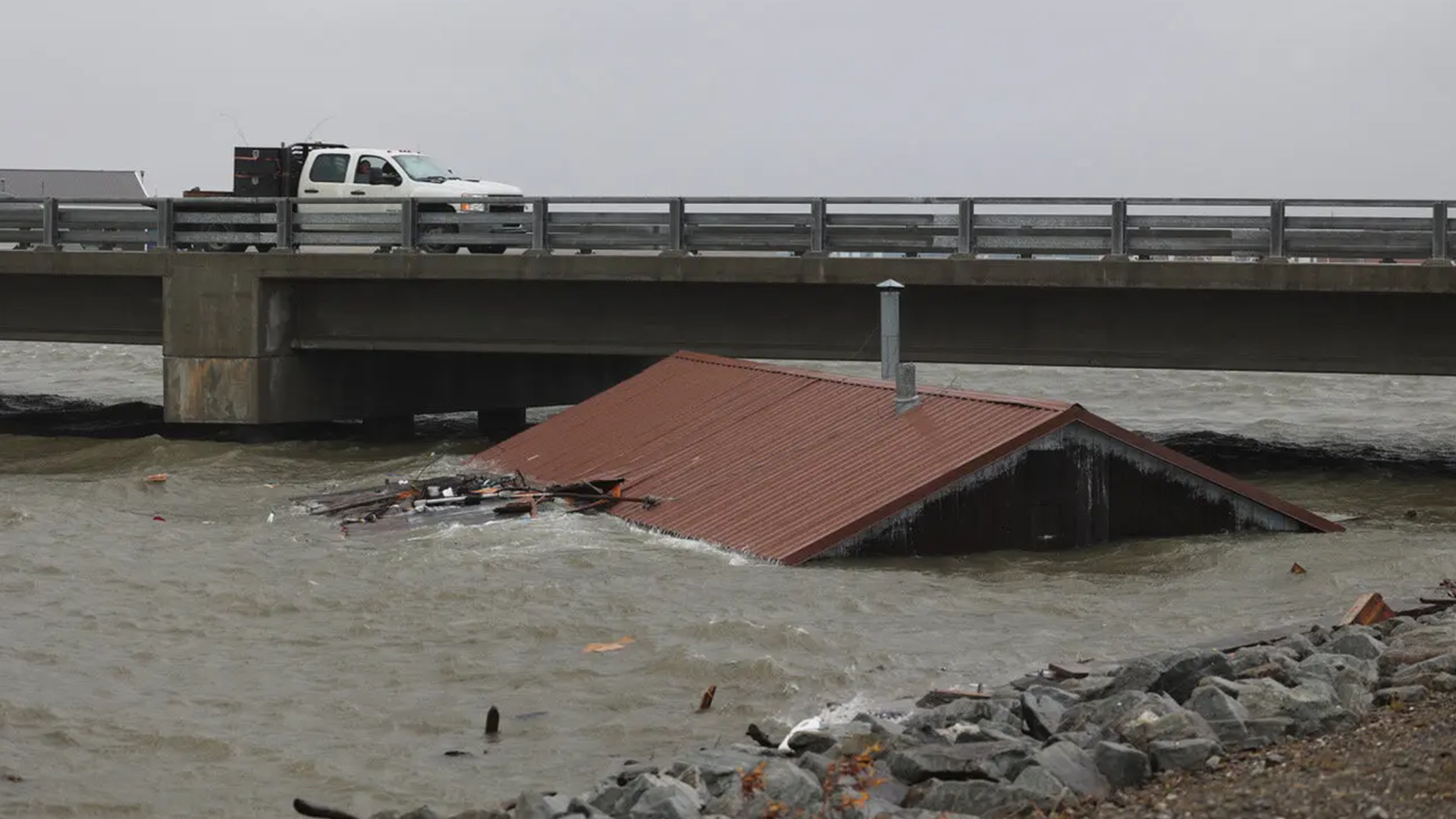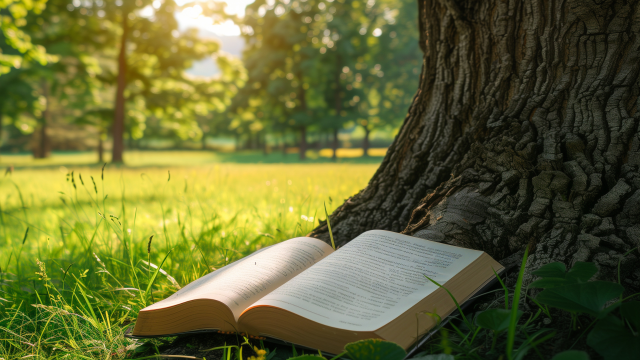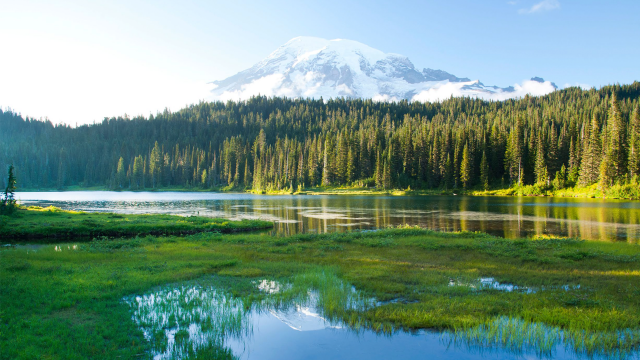
Alaska Community Foundation envisions a future where Alaskan communities are resourced, both in times of calm and in times of disaster. This past September when western Alaska was hit by Typhoon Merbok, Alaska Community Foundation (ACF) wasted no time in taking action. ACF founded the Western Alaska Disaster Recovery Fund on September 17 with the support of more than two thousand individuals, businesses, Alaska Native organizations, corporate sponsors and many others. To date, the fund has raised more than $1.7 million dollars, money that will go toward both immediate relief and long-term recovery efforts.
Katie Kavanaugh, ACF’s vice president of administration and innovation, and the ACF team partnered with local leaders to have funds dispersed as quickly as possible and to those most in need. “We started calling people. That’s what it was. Alaska is divided into twelve regional corporations, and each region has a regional corporation as well as a regional nonprofit. We called both from each region and asked who they thought should be on this emergency fund committee. It went from there. We asked them what their needs were and just listened. Some people were really surprised there was no application but at the time an application wasn’t as important as getting funds out.”
According to The Guardian, Typhoon Merbok affected over twenty-thousand people. Rural and Indigenous communities were some of the hardest hit including places like Golovin, Hooper Bay, Newtok and Chevak. Katie believes this is due to location and the impacts of climate change. “Because of where these towns are placed, they were very vulnerable. If your home is at the mouth of a river, or right by the ocean, it’s extremely dangerous during a typhoon. There’s also the lack of sea ice this time of year. Usually, we have more frozen over and it acts as a barrier against storms, so we’re not as hard hit. Unfortunately, climate change has decreased the amount of sea ice we have to protect these communities.”
Due to Alaska's unique climate and weather, disasters like Typhoon Merbok affect some communities drastically. Many people lost their winter food supplies, the snowmobiles used for transportation and their access to water for drinking and cleaning.
“Many people may be shocked to hear this but there are parts of America, including towns in Alaska where water isn’t readily available,” Katie says. “Some towns have to have it delivered but, again, that’s not something many people think of. Lots of Alaskans, especially Indigenous communities, use snowmobiles during the winter to visit family because when it’s warm out the ground is too boggy for travel. But with their snowmobiles gone, that connection has gone, too.”
In terms of the future of the fund, ACF plans to hold the money until the spring when people can better assess their needs and the storm’s damage.
“For example, you may not know what you need for your fish camp until the spring and that’s where we hope this fund can come in,” says Katie. “Fish camps are passed down through families, so the impact of the storm it’s not only economic, it’s cultural."
Find out more about ACF's response to Typhoon Merbok and the Western Alaska Disaster Recovery Fund on their website.
Photo courtesy of the Nome Nugget.


